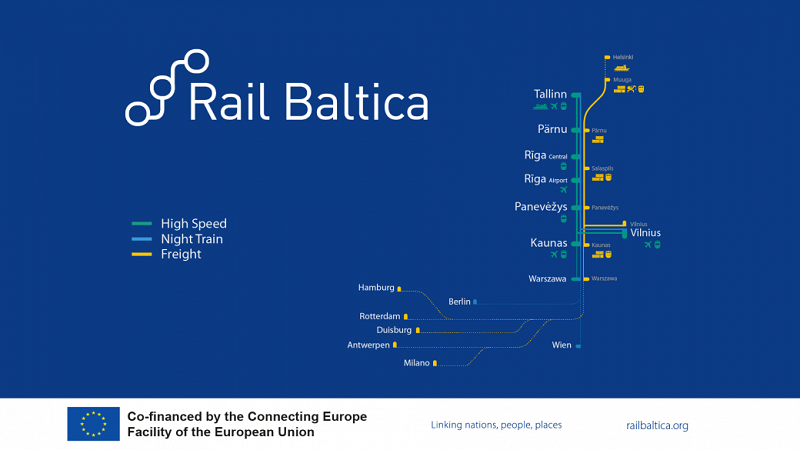
Rail Baltica’s joint venture (JV) RB Rail and Italy-based TRT Trasporti e Territorio have signed a contract for the application of the Rail Baltica Transport Demand Model (DM).
The total value of the contract is approximately $769,135 (€644,000).
Expected to be finalised by early next year, the DM will help in estimating the passenger and freight demand for Rail Baltica’s infrastructure during the first three decades of operation.
It will forecast the travel choices of commuters travelling with Rail Baltica, including routing and mode.
The collected information will then be used to adjust and finalise Rail Baltica infrastructure design and operational planning.
The model will also serve as a guide to make decisions for several Rail Baltica activities, such as environmental assessments, business, cost-benefit, and socio-economic analyses, and more.
How well do you really know your competitors?
Access the most comprehensive Company Profiles on the market, powered by GlobalData. Save hours of research. Gain competitive edge.

Thank you!
Your download email will arrive shortly
Not ready to buy yet? Download a free sample
We are confident about the unique quality of our Company Profiles. However, we want you to make the most beneficial decision for your business, so we offer a free sample that you can download by submitting the below form
By GlobalDataBuilding on the cost-benefit analysis and operational plan, the development of the DM is expected to will mark the beginning of the next stage of Rail Baltica planning.
RB Rail transport economist Dr Stefano Manzo said: “Our next-generation transport demand model, to be developed together with highly experienced partners, will not only take the Rail Baltica commercial and operational planning to the next level, but aims to become the reference model for the entire Baltic region. As such, the model will be designed to also permit future functionality enhancements that would allow the testing of urban, regional, as well as national mobility plans, thereby further promoting the connectivity and socioeconomic development benefits that Rail Baltica will deliver for the Baltic region and beyond.”
In addition, the model will calculate the expected impact of Rail Baltica line on the movement in the Baltic states.
The project will involve relevant local and regional stakeholders to boost potential synergies of the Rail Baltica project with the national mobility strategies.
The model will be updated regularly in the future and is expected to aid in optimisation of the size and scope of passenger stations and freight centres.


